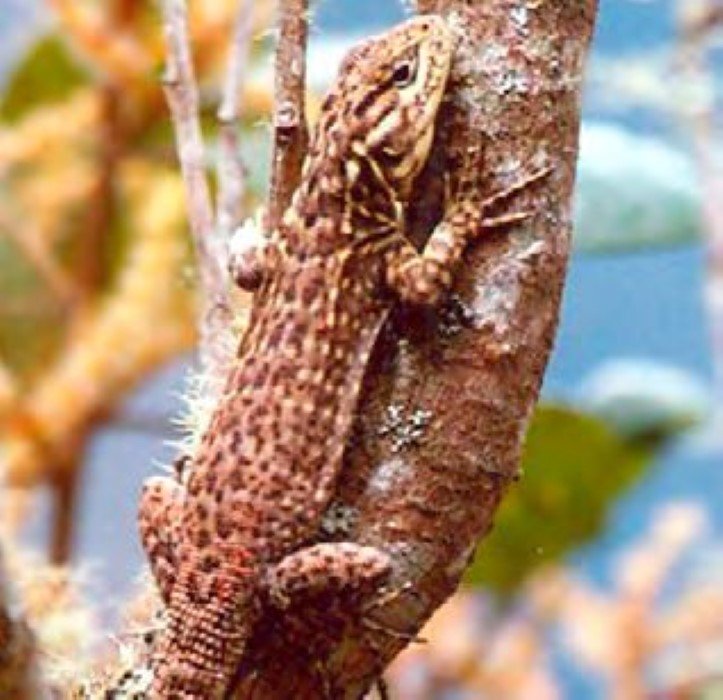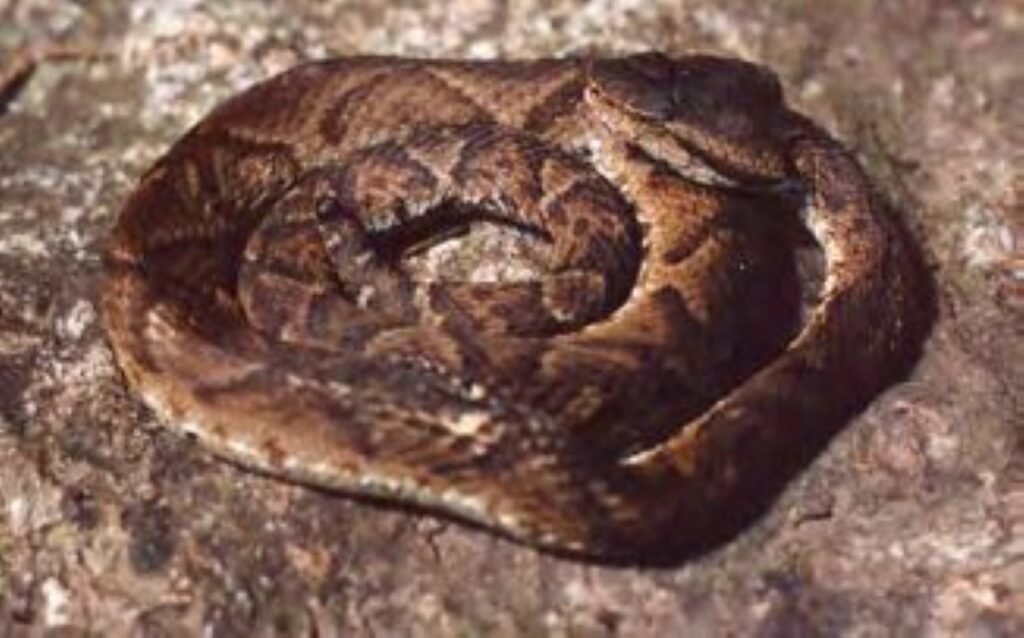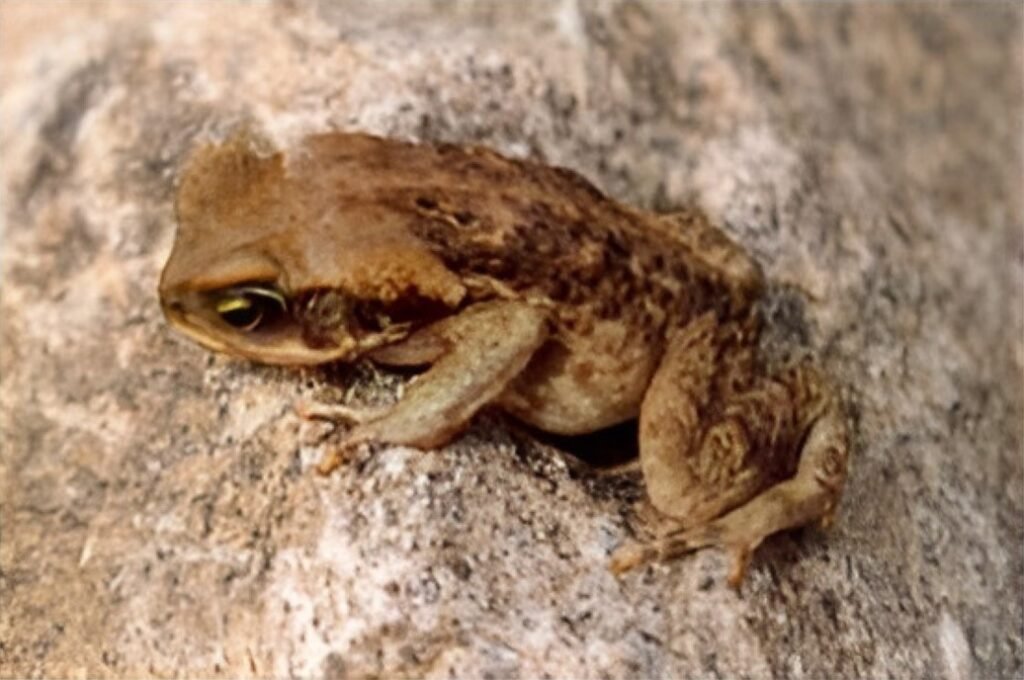Have you ever wondered what wonderful creatures inhabit the most remote corners of Cusco? Get ready for a fascinating journey through the biodiversity of Cusco’s herpetofauna.
Herpetofauna of Cusco
The Cusco region, located in Peru, is known for its impressive wealth of amphibians and reptiles, collectively known as herpetofauna. This diversity is the result of the unique combination of geographical and climatological factors that characterize the region. In Cusco, we find a wide variety of native and endemic species. Some of these species have not yet been recognized by science due to their distribution in hard-to-reach geographic areas.
The Importance of Amphibians and Reptiles in Cusco
Cusco’s amphibians and reptiles are not only fascinating for their diversity, but also for their crucial role in ecosystems. Amphibians, for example, are exceptional bioindicators because of their sensitivity to environmental changes. Their presence or absence can provide valuable information about the health of natural ecosystems.
On the other hand, reptiles, especially those adapted to drier climates, such as the Puna and the Inter-Andean Valleys, show unique adaptations that allow them to survive in extreme conditions. This resilience makes them a key piece of the region’s ecological puzzle.

Diversity of Herpetofauna in Cusco
Species in Machu Picchu and Other Key Areas
The Cusco region is home to 211 species of herpetofauna, including 102 species of amphibians and 109 species of reptiles. In particular, among the richest areas in biodiversity is the Amazon region, which has the greatest diversity of these species. Furthermore, this is followed by the Inter-Andean Valleys and the Puna.
Amphibians of Cusco
Amphibians in Cusco include frogs, toads, and salamanders. These species are particularly vulnerable due to their dependence on aquatic and humid environments for their reproduction and development. For example, the “kaira” frog (Telmatobius marmoratus) is a notable species found in the Vilcanota mountain range.
Reptiles of Cusco
Among the reptiles, we find snakes, lizards and turtles. These species have evolved adaptations that allow them to thrive in various environmental conditions. Snakes and lizards, for example, have waterproof skin and amniotic eggs, characteristics that allow them to survive in dry areas such as the Puna.

Frequently Asked Questions about the Herpetofauna of Cusco
What species of herpetofauna can be found in Cusco?
In Cusco, 211 species of herpetofauna can be found, including 102 species of amphibians and 109 species of reptiles. Among amphibians, frogs and toads stand out, while among reptiles, snakes and lizards are the most common.
What amphibians and reptiles can be found in Cusco?
The most common amphibians in Cusco include frogs such as the “kaira” and toads that inhabit humid and aquatic areas. Among the reptiles, you can find various species of snakes and lizards, adapted to live in the extreme conditions of the Puna and the Inter-Andean Valleys.
How many species of amphibians and reptiles are there in Cusco?
In total, there are 211 species of herpetofauna in Cusco, with 102 species of amphibians and 109 species of reptiles. Moreover, this diversity is distributed throughout the different ecoregions of the region, including the High and Low Jungle, the Inter-Andean Valleys, and the Puna.
What is the biodiversity of herpetofauna in Cusco?
The biodiversity of the herpetofauna in Cusco is exceptional. This region is home to a wide variety of species due to its diversity of ecosystems and climatic conditions. From the humid Amazon rainforest to the dry inter-Andean valleys, each habitat brings its own range of unique species.

Cusco’s herpetofauna is a treasure trove of biodiversity that offers a fascinating insight into the wildlife in this region. Whether you’re interested in scientific research or simply exploring nature, Cusco has a lot to offer.
Would you like to see these wonders up close? Join a herpetofauna tour in Tambopata with “Lorenzo Expeditions” and discover the natural wealth that this region has to offer. Book your adventure today and live a unique experience in the heart of Peruvian biodiversity!





